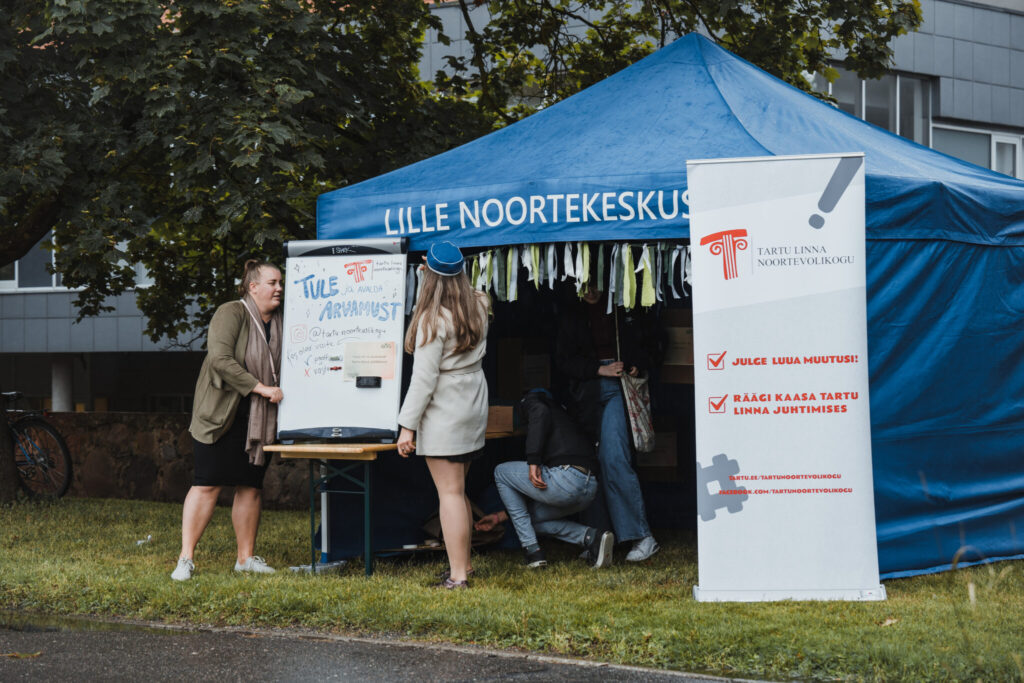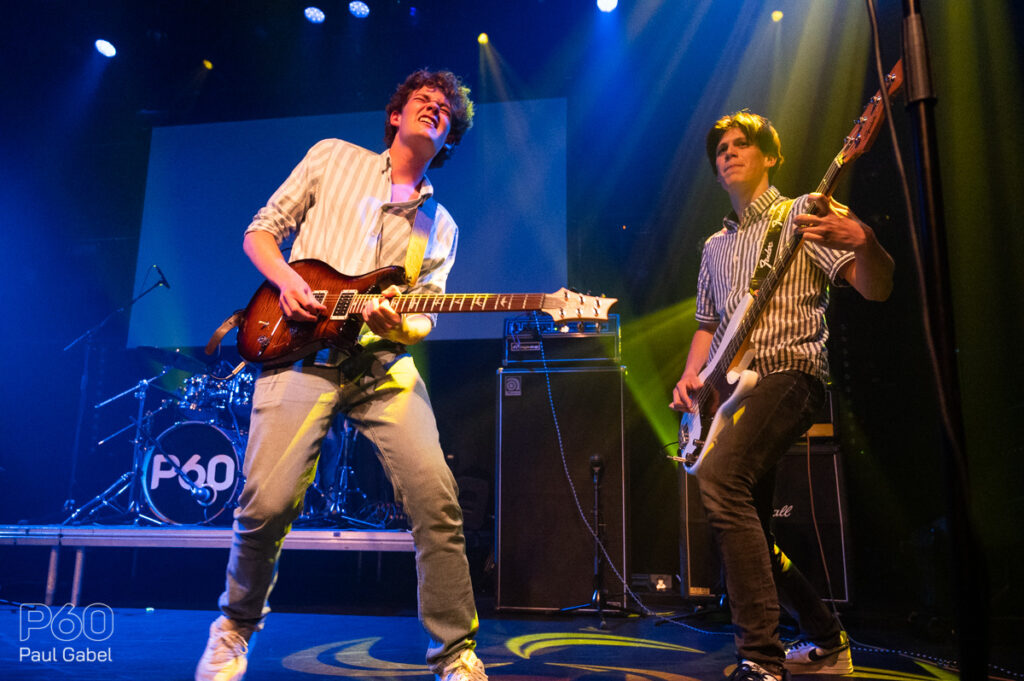I had a great opportunity to discuss youth work with experts from Estonia and the Netherlands. Ron Mesman is a manager of youth work in Amstelveen, a small and very multicultural city (with 79 000 inhabitants of 137 nationalities) near Amsterdam in the Netherlands. Helen Siska is the manager of youth work in Tartu, Estonia, a city of 97 000 inhabitants. I also reflected on my own experiences as a municipal youth worker in Raisio, a small city of 25 000 inhabitants close to Turku in Finland.
To begin with, we all recognised that none of us could speak on behalf of our whole nation. The municipal youth work systems in Finland are, perhaps, slightly more homogeneous, but when we talk about cultural youth work, local differences are huge and a variety of different organisations and individuals are involved. Siska and Mesman both emphasised that they could only speak for their own cities. “If you look at youth work in the Netherlands, you see one big patchwork of organisations being occupied with youth work. And every city has its own goals. If you go to Amsterdam, the youth work is totally different, and it’s only five kilometers away from Amstelveen”.
Who is young? In Estonia, a young person is someone aged between 7 and 26, while Dutch youth policy generally defines youth as the age group 0 to 25 years. According to the Youth Act in Finland, a young person is someone under 29 years of age. The Act also defines youth work as “the efforts to support the growth, independence and social inclusion of young people in society.”

While Amstelveen youth workers are in schools and on the streets, youth work in Raisio and Tartu is carried out within the framework of youth centres
Discussing youth work, we discovered many similarities between youth work in Estonia and in Finland, however youth work approaches in the Netherlands and in Amstelveen are quite different. In Finland and Estonia, youth centres are the cornerstone of municipal youth work, although other kinds of youth work also exist. In the Netherlands, the focus is on schools. There are eight youth workers in Amstelveen, and they all work in schools. There has been a lot of discussion about school safety in the Netherlands, and one way to promote it has been to have youth workers present in schools.
“Once a month, we have a very big party in our cultural centre P60 for youngsters from 12 to 15 years. 700–800 youngsters attend this this evening and youth workers are there to talk with the youth. So, the youth workers focus is being present at schools, meeting youth at big parties organized for youngsters and being visible on the streets.” Mesman adds. He says that in order to organize the big events, volunteers are also needed, but for safety reasons, these volunteers are mostly about the same age as the target group. Sexual harassment is currently a big issue in the Netherlands. We were all in agreement that municipal youth work is a job for professionals, but in NGOs the contribution made by volunteers is remarkable.

The tools used in youth work are determined by youth workers’ expertise and interests
When we discussed digital, international and cultural youth work, we identified the same phenomenon in all three countries. There are some specific local needs, but the tools used in youth work depend a lot on the interests and skills of the youth workers. International projects and trips abroad with young people are less common in Amstelveen than in Tartu. There is not so much need for additional internationality, because the city itself is very multicultural. In Raisio, there is very active co-operation with sister cities, but any other international projects depend on workers’ own capabilities and personal interests.
We also discussed digitalization and how the Covid-19 pandemic has permanently changed the world and the methods used in youth work. Mesman is concerned about the dark side of the virtual world but acknowledges that when all the information is on the Internet, seeking help or discovering activities is also much easier. There are two sides to this issue.
Siska mentioned that in youth work we need all kinds of connections, both face-to-face and online. Online work cannot replace face-to-face interaction. I added that, before Covid, there were some skilled and enthusiastic youth workers who focused on online work, but most youth workers were engaged in traditional face-to-face work. Nowadays the roles are not as clear-cut, and everyone is involved in digital youth work in one way or another.

Cultural youth work: tapping into the power of art and culture
It’s good to know what we are talking about when we use the term “cultural youth work”. The definition is fuzzy, and individuals in different national contexts understand the term differently.
“In Tartu we are trying to combine culture work with open youth work. But it’s not the same in all cities in Estonia”, notes Siska. The situation is similar in Amstelveen and Raisio. Art is a tool that is incorporated into municipal youth work, but, as just one tool, does it gain enough recognition?
I also asked Johanna Hurme. Hurme works for Young Culture, a Finnish organisation that supports local cultural youth work, organising youth art events. The organisation’s own definition of cultural youth work is “youth work done with the power of art and culture”. Hurme feels that the main problem is that cultural youth work is not well-recognized. This creative and innovative form of youth work has developed a lot in Finland over the last five years and there are many different individuals and organisations engaged in cultural youth work. In addition to municipal youth work, there are NGOs, free groups, volunteers and professionals. The approach is also versatile with strong networks.
But then again, the same is true for the whole field of youth work. “The youth worker is a teacher, parent, social worker etc.” says Siska and laughs. The strengths of youth work are in its flexibility and its ability to transform.

Author Jenni Hernelahti is a senior lecturer in NGO and Youth Work, cultural manager and community educator.








